
The most important factor in choosing an AI agent framework is finding the right balance: accessible enough for non-technical users, powerful enough for developers.
New platforms like Wordware are built to strike that balance. Whether you're automating logistics, customer support, or internal ops, the right framework depends on your use case and the technical resources you have on hand.
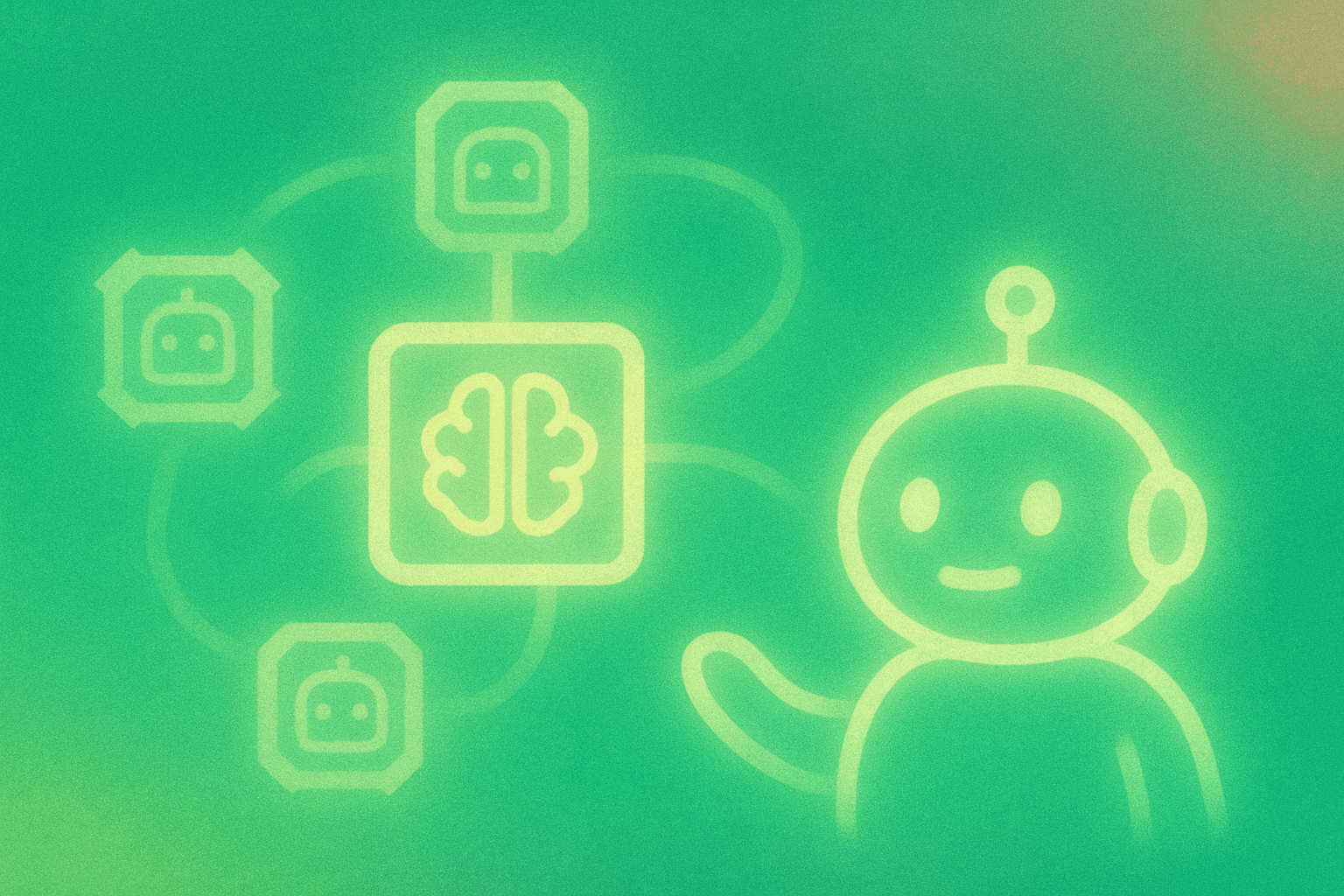
What Are AI Agents?
AI agents are software entities that perceive their environment, make decisions, and act independently to achieve specific goals. They range from simple to highly sophisticated:
Simple Reflex Agents: React to inputs using predefined rules (basic chatbots)
Model-Based Reflex Agents: Maintain internal models for context-aware decisions (inventory systems)
Goal-Based Agents: Plan actions to achieve objectives (CRM lead qualification)
Utility-Based Agents: Maximize value by weighing tradeoffs (ride-sharing optimization)
Learning Agents: Improve through experience (recommendation engines)
Agents can operate independently or as part of multi-agent systems that collaborate to solve complex problems.
Leading Agent Orchestration Platforms
Microsoft AutoGen
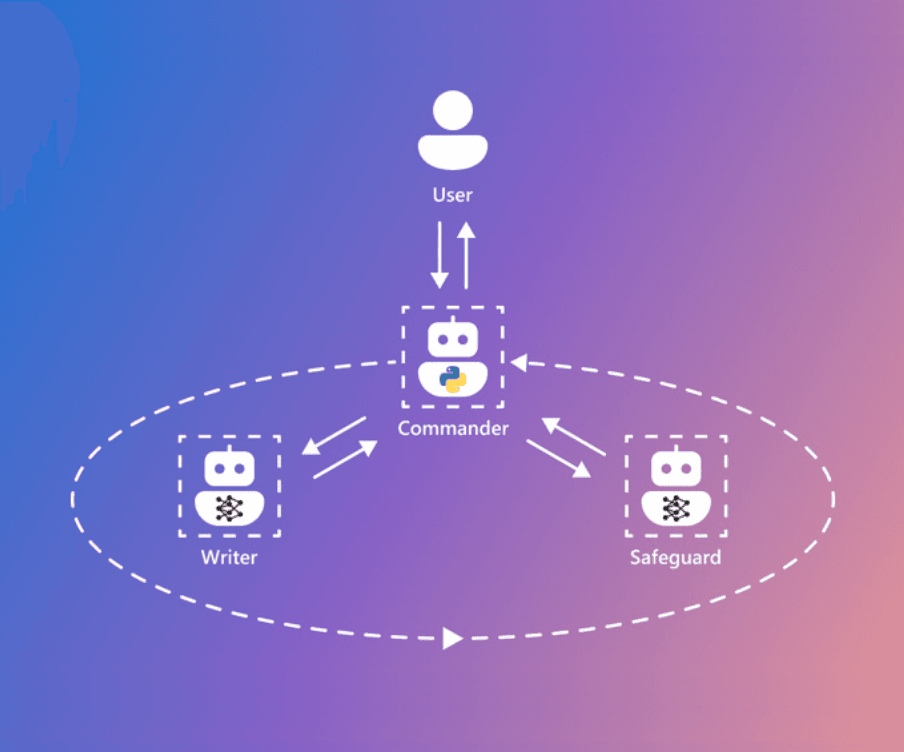
Strengths: Multi-agent orchestration, scalable architecture, and deep Microsoft product integration with both code-first and no-code options via AutoGen Studio.
Best For: Enterprise automation, collaborative agent teams, research projects.
Trade-offs: Requires technical knowledge for advanced features.
CrewAI

Strengths: Real-time collaboration among multiple agents, scalability for large systems, and seamless business tool integration.
Best For: Logistics, customer service, supply chain automation.
Trade-offs: Complex configuration for specialized workflows.
LangChain
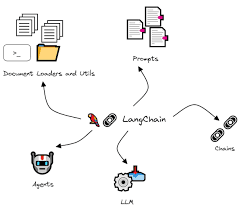
Strengths: Advanced natural language processing, multi-task automation, contextual memory, and cross-platform support.
Best For: Conversational AI, virtual assistants, workflow automation.
Trade-offs: Primarily code-first, less accessible to non-developers.
Vertex AI Agent Builder (Google)
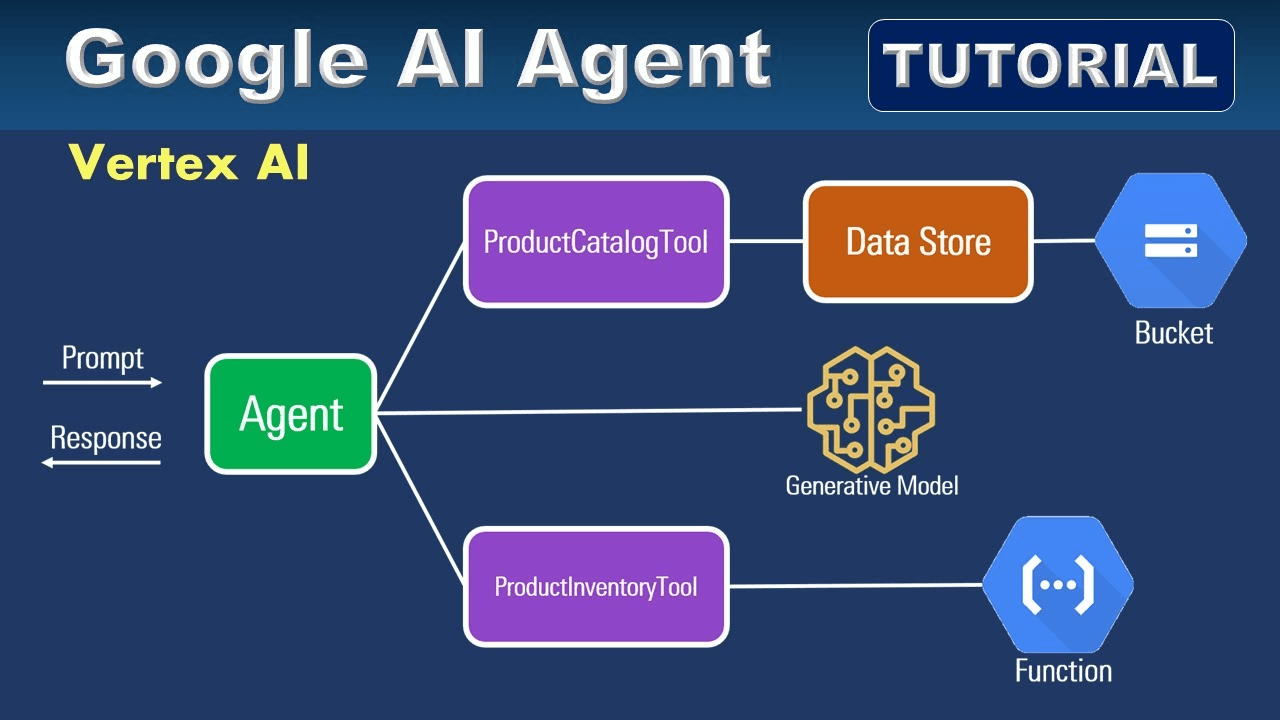
Strengths: Pre-built models, customizable templates, cloud scalability, and end-to-end development support.
Best For: Smart manufacturing, supply chain, customer support.
Trade-offs: Best for organizations already invested in Google Cloud.
H2O.ai
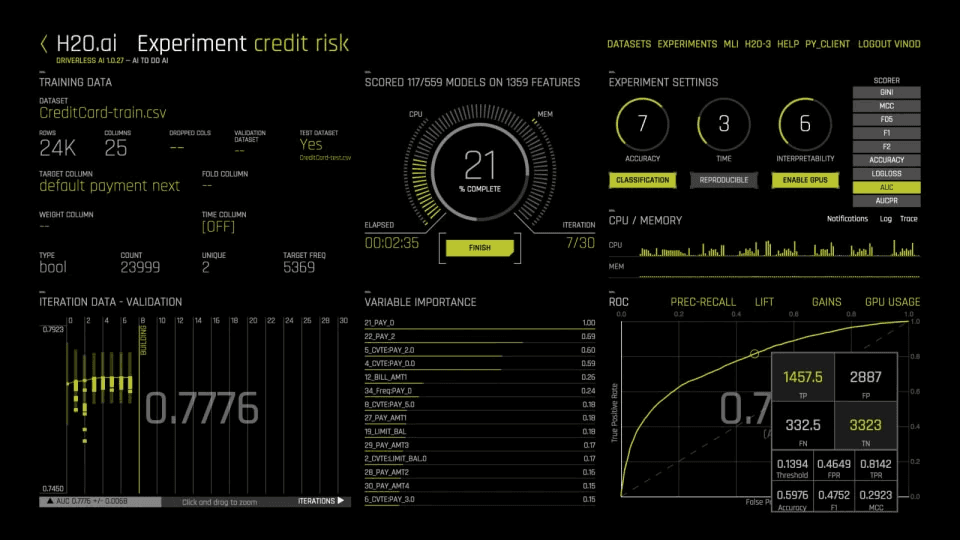
Strengths: AutoML capabilities, scalable machine learning, open-source flexibility.
Best For: Predictive maintenance, customer segmentation, fraud detection.
Trade-offs: More focused on ML pipelines than agent orchestration.
Orq.ai
Strengths: End-to-end agent lifecycle management, multi-agent orchestration, human-in-the-loop controls.
Best For: Task management, chatbot orchestration, workflow automation.
Trade-offs: May require onboarding for teams new to agent platforms.
Wordware: Next-Generation AI Agent Framework
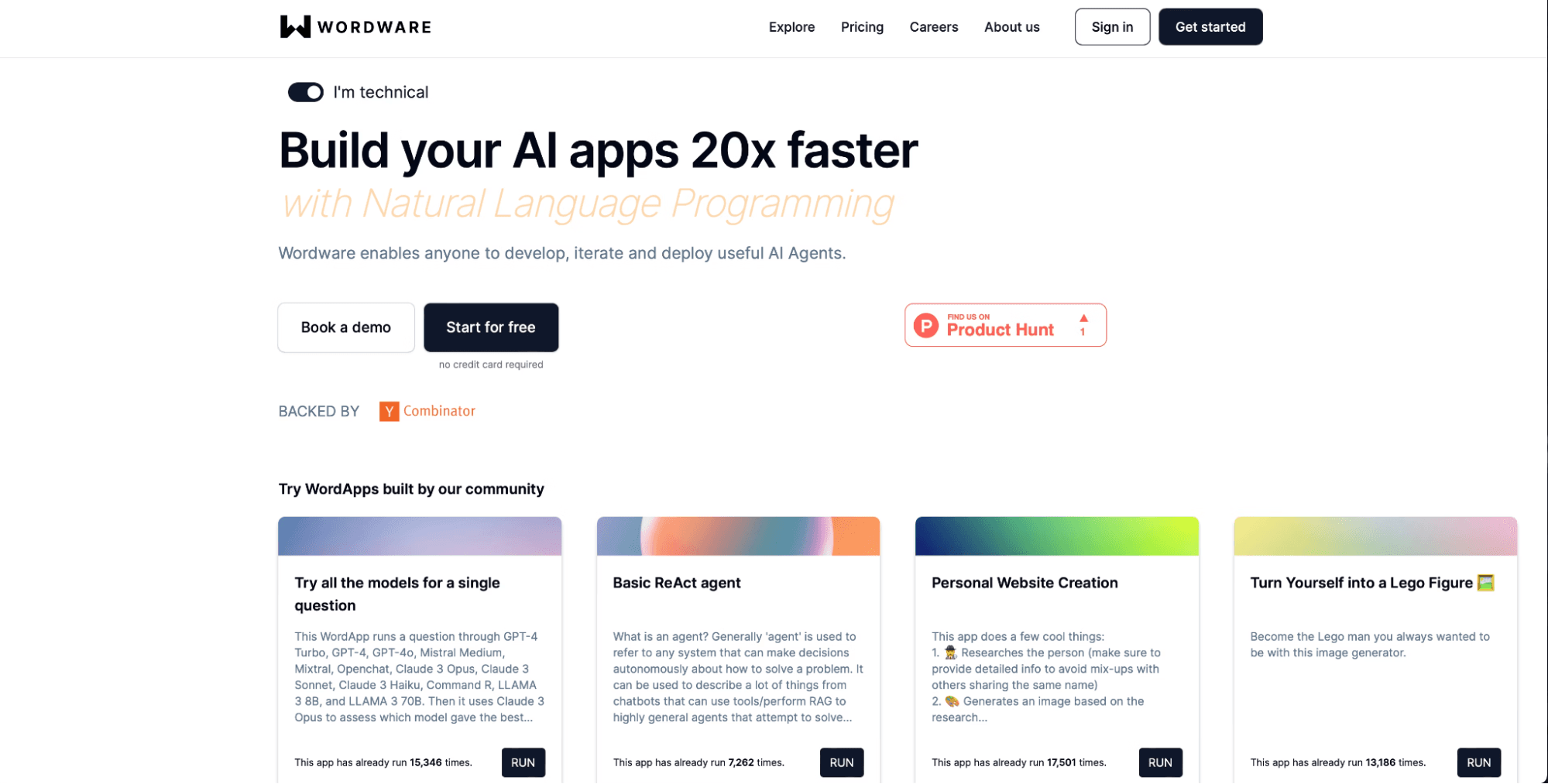
Wordware stands out by combining accessibility with powerful capabilities:
Key Features:
Natural Language Programming: Design and deploy agents using plain English
Multimodal Support: Seamlessly integrate text, images, audio, and video
Prebuilt Tools: Speech synthesis, search, image generation, web scraping
Advanced Logic: Supports loops, branching, structured generation, version control
Collaboration: Notion-like interface for teamwork between domain experts and engineers
Rapid Prototyping: Up to 20x faster agent development than code-based frameworks
API Deployment: One-click deployment for easy system integration
Why Wordware Leads:
Democratizes Development: Removes coding barriers, empowering domain experts
Accelerates Innovation: Enables quick testing, updating, and scaling
Enterprise-Ready: Advanced debugging, monitoring, and compliance features
Versatile Applications: From legal contract generation to personalized learning
How to Choose the Right Framework
Assess Technical Resources: Consider your team's coding expertise
Define Use Case Requirements: Match framework capabilities to specific needs
Consider Integration Needs: Evaluate compatibility with existing systems
Weigh Scalability Requirements: Ensure the framework can grow with your needs
Evaluate Support and Community: Look for active development and resources
Next Steps
Begin by identifying your most critical autonomous system requirements, then test 2-3 frameworks that align with your needs. Start with small proof-of-concept projects before committing to full implementation.
For organizations seeking to balance speed and sophistication without deep technical expertise, no-code or low-code options like Wordware offer the most direct path to deploying production-ready autonomous agents.
Want to build AI agents without writing code?
it's like having a development team that turns your ideas into working AI agents using plain English instructions. No engineering background required. Start creating autonomous systems that handle repetitive tasks while you focus on strategic work that drives your business forward.